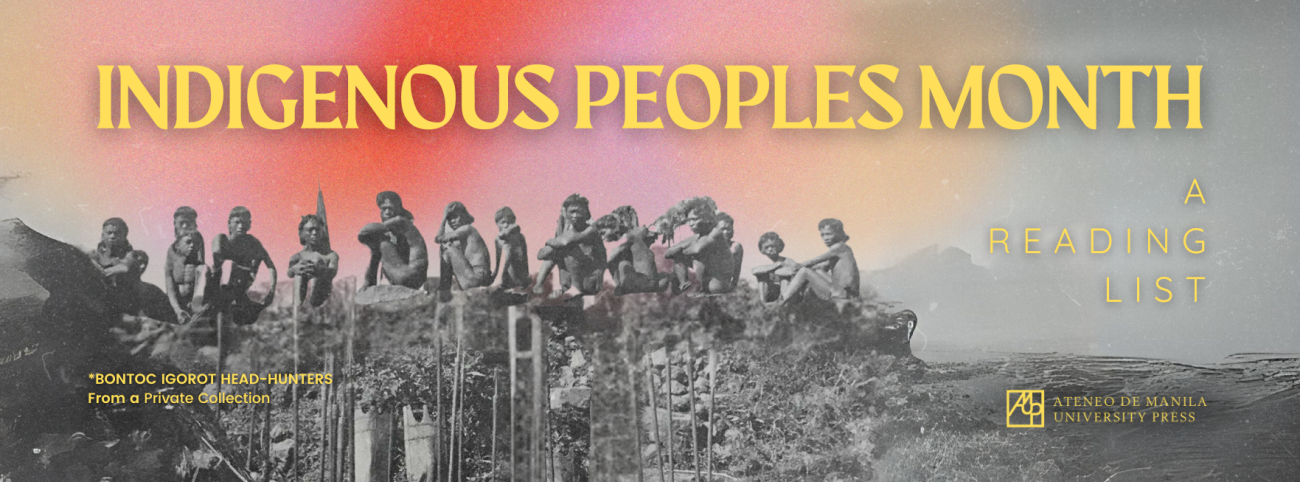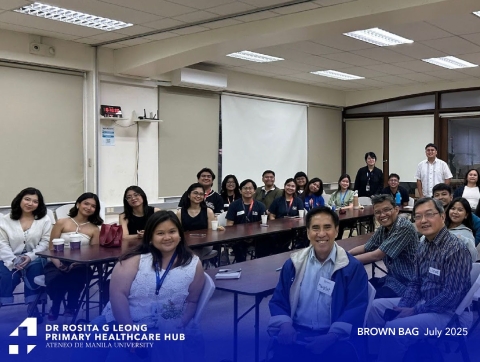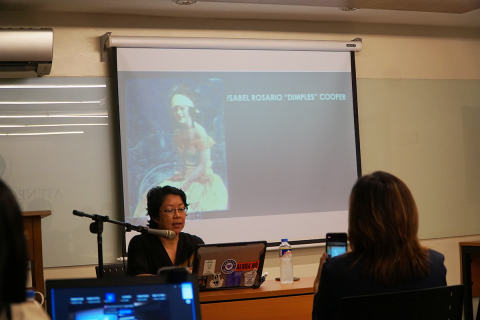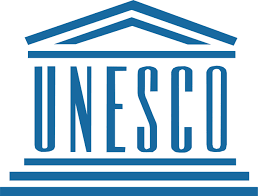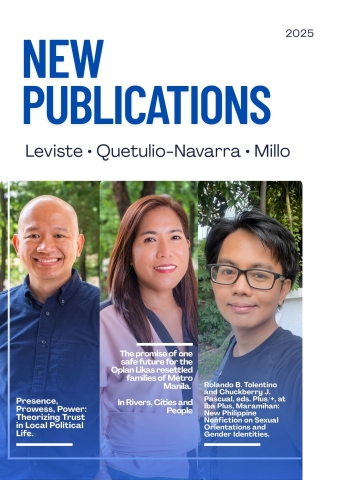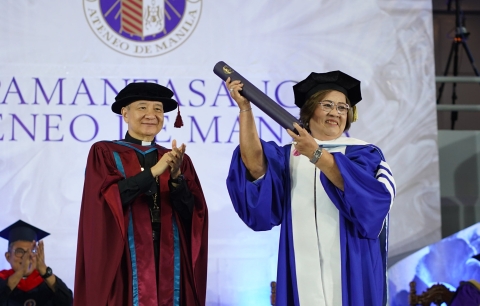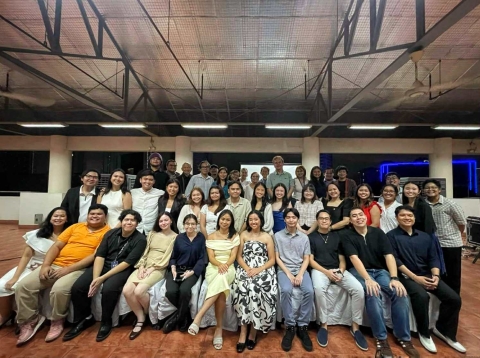Indigenous Peoples Month: A Reading List
23 Oct 2024 | Ateneo University Press
Indigenous Peoples Month celebrates the diverse voices and stories of our country’s indigenous peoples. This month is the perfect opportunity to learn more about their rich histories and vibrant traditions. It is also important to recognize their enduring agency and wisdom so that we can raise awareness about the struggles they face and advocate for their rights. Here are five books to help you get started:
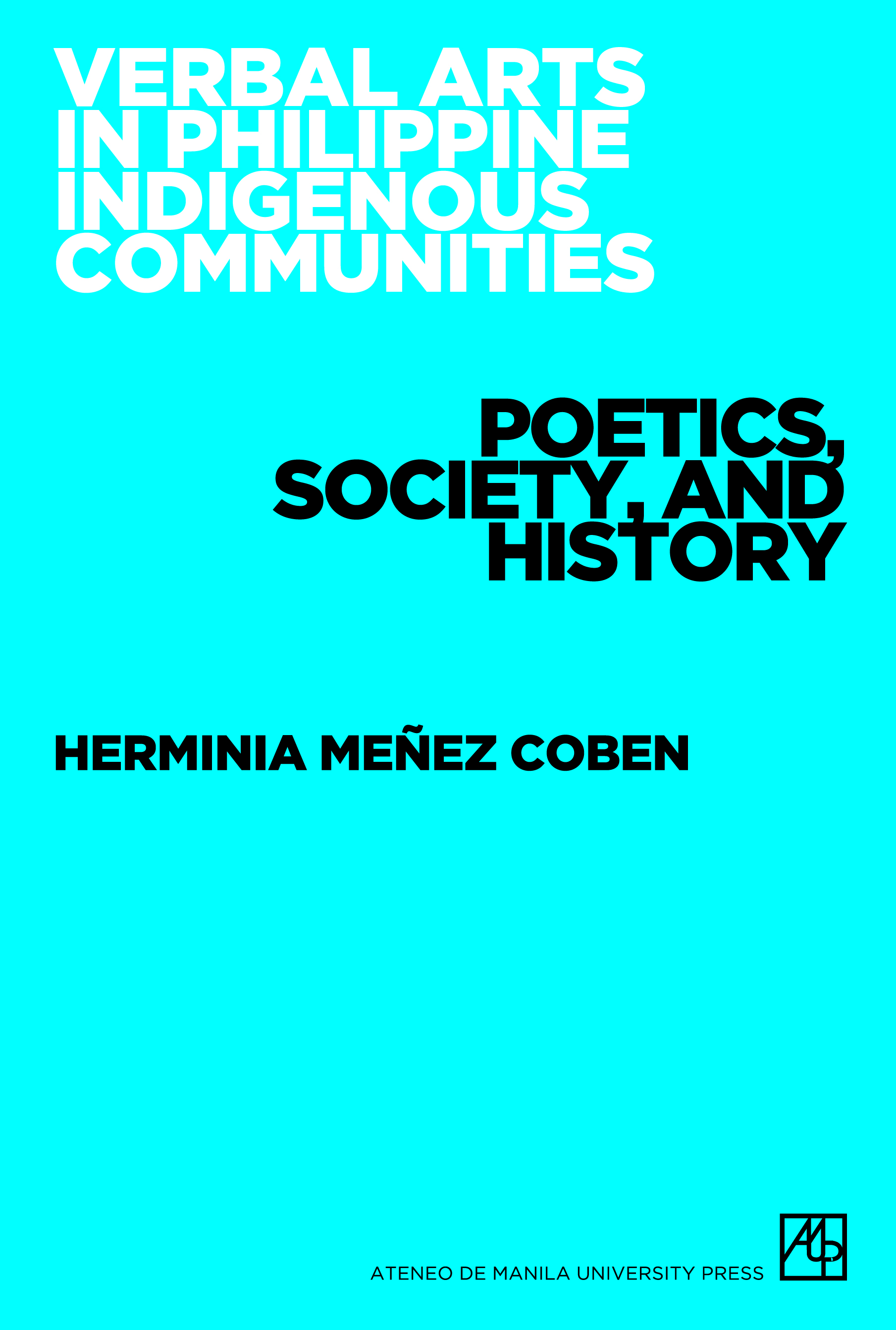
Verbal Arts in the Philippine Indigenous Communities: Poetics, Society, and History by Herminia Meñez Coben
Verbal Arts in the Philippine Indigenous Communities: Poetics, Society, and History delve into the pivotal role that verbal arts (proverbs, riddles, ritual boasts, chants, myths, epics, and others) play in the rich worlds of the Isneg, Kalinga, Ifugao, Kankanay, Mangyan, Subanon, Bukidnon, Bagobo, Tausug, and Sama Dilaut. Coben highlights the place of verbal artists as religious and political leaders—protecting traditions and enacting social change within and outside their communities. Through the verbal arts, these indigenous groups remain connected to their past while also actively participating in shifting the status quo of the present as they encounter issues of ecology, gender, ethnicity, and social class.
Get the book: Shopee and Lazada
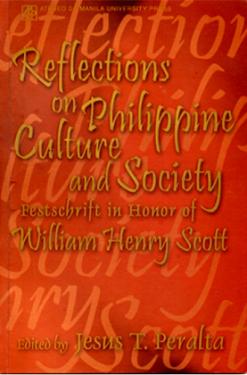
Reflections on Philippine Culture and Society: Festschrift in Honor of William Henry Scott
Edited by Jesus T. Peralta
William Henry Scott was an acclaimed historian and anthropologist, most known for his contributions to the scholarship of Philippine pre-colonial society and the history of the Cordilleras. Inspired by his work, friends and colleagues of the late scholar created this volume to honor his memory. These essays touch upon a variety of subjects related to the country’s Indigenous communities, examining their social systems (Competitive Feasting in Sixteenth-Century Philippines by Laura Lee Junker), languages (Language as Currency and Dictionaries as Barter by Jose Mario C. Francisco, S.J.), food (The Food World of Miguel Ruiz by Doreen G. Fernandez), boat architecture (Prehistoric Links of the Sama Lepa of Tawi-Tawi by Jesus T. Peralta), notions of ownership and property (Land Tenure among Nonhispanized Filipinos by Fernando N. Zialcita), and the cultural influences to be found in epics (The Palawan Epics by Nicole Revel).
Available at our bookshop in Bellarmine Hall.
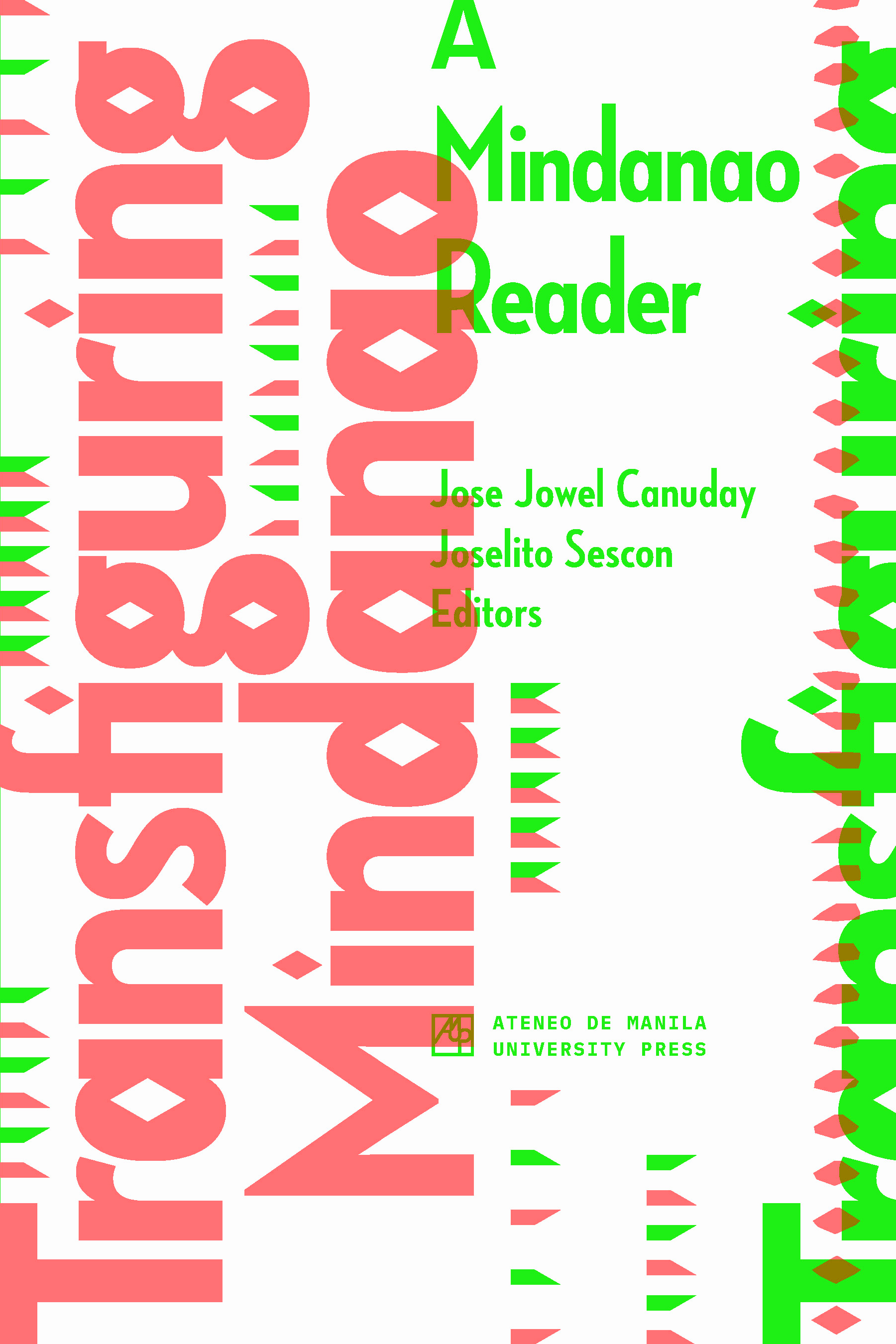
Transfiguring Mindanao: A Mindanao Reader
Edited by Jose Jowel Canuday and Joselito Sescon
Indigenous communities are not a monolith, each one has its very specific beliefs and traditions according to their unique historical and cultural influences and heritage. In this book, Mindanao is examined through multiple lenses covering histories, faith traditions, shifting economic landscapes, development inequalities and government neglect, political relations and conflicts, injustices and displacements against communities, and the humanities. Three essays in this volume showcase the rich diversity of Indigenous communities and their practices. In “The Tausug Spirituality: Indigenous Roots, Islamic Practices,” Darwin J. Absari discusses the religion’s history and central concepts. In “Tradition or Benefits: The Sama-Bajau Indigenous and Formal Education Dilemma,” Mark Francis Francisco argues for the recognition of their agency in the education space. In “Pansak Yakan: Dancing in Time With the Past,” Earl Francis C. Pasilan assesses dancing’s integral role in their identity as farmers and how the movements reflect the depths and nuances of their experiences.
Get the book: Shopee and Lazada
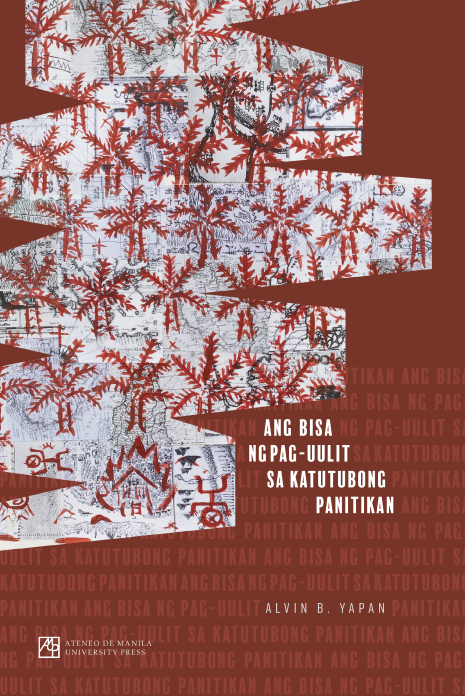
Ang Bisa ng Pag-uulit sa Katutubong Panitikan by Alvin B. Yapan
How much of indigenous practices are intertwined with our everyday lives? The answer may be unexpected but fascinating nonetheless. Yapan asserts that the effective use of “pag-uulit” is a key attribute in the process of producing epics in Philippine indigenous literature and strongly indicates its continuing relevance to the writing of modern-day novels and short stories. He argues that pag-uulit is not used simply as a mnemonic device but is used to draw attention to story highlights, to offer chorus parts where listeners can actively interact with the storyteller, to draw upon their collective consciousness as a unit, and to heighten or dramatize emotions. Examples are cited from several indigenous epics such as Aliguyon of the Ifugao, Banna of Kalinga, Bantogen of Lanao del Sur, and many others.
Get the book: Shopee and Lazada
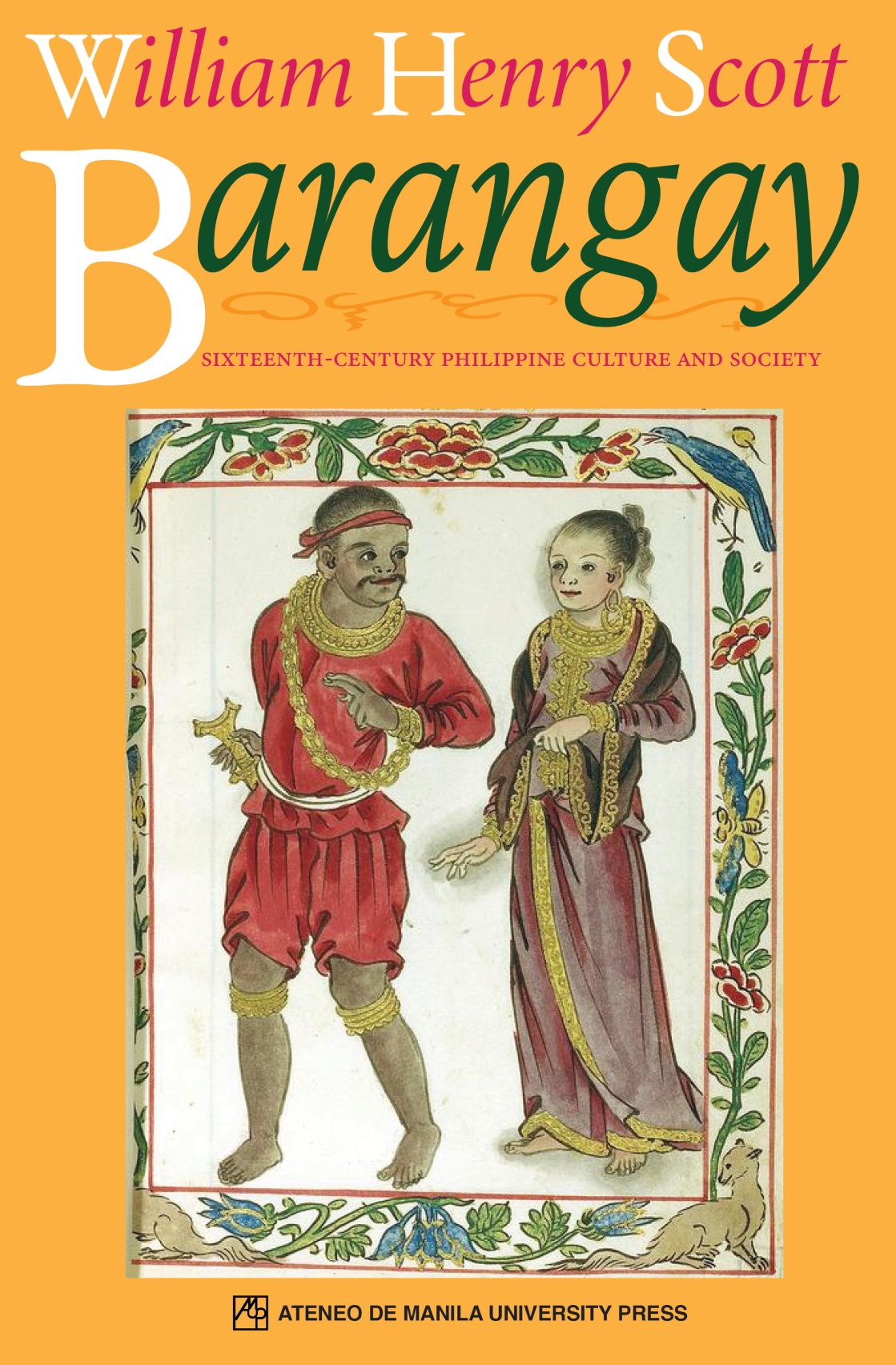
Barangay: Sixteenth-Century Philippine Culture and Society by William Henry Scott
What were pre-Hispanic Filipinos like? What were their beliefs and traditions? How did they dress? What did they eat? A classic in Philippine studies, Barangay answers these questions by taking readers on a journey across the Philippine archipelago before conquest. The book includes detailed descriptions of the Visayan people, their physical appearance, food and farming practices, trades and commerce, religion, literature and entertainment, natural science, social organization, and warfare. It also surveys the island of Mindanao, the Cagayan Valley, the Bikol peninsula, and the territory of Tagalog, Pampanga, and Pangasinan communities. This groundbreaking book highlights the ingenuity of the early Filipinos, providing a vivid glimpse into their cultures—aspects of which continue to thrive to this day.







